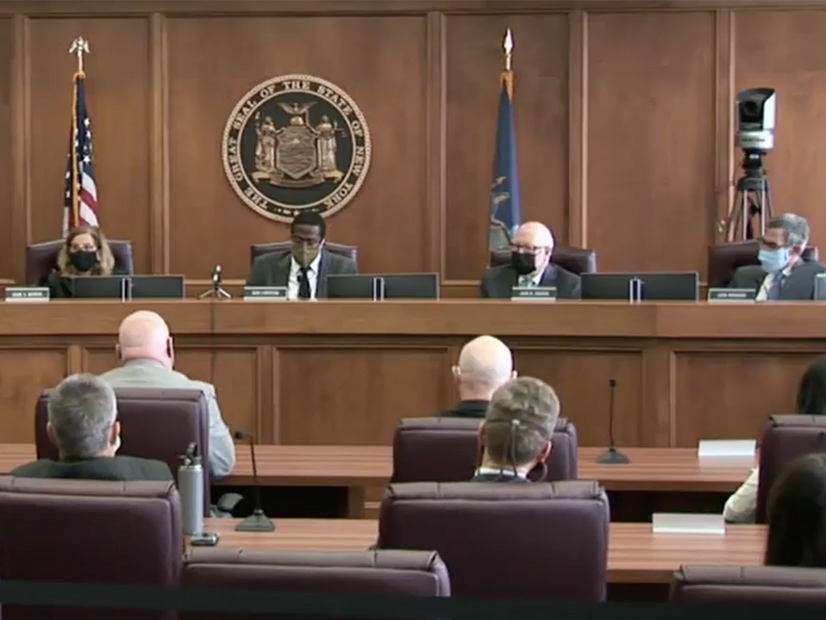
New York regulators on Thursday heard that the state’s utilities are confident they will have sufficient electric and natural gas capacity to power customers through this coming winter, though customer bills will likely increase 13 to 20% from last winter (21-M-0243).
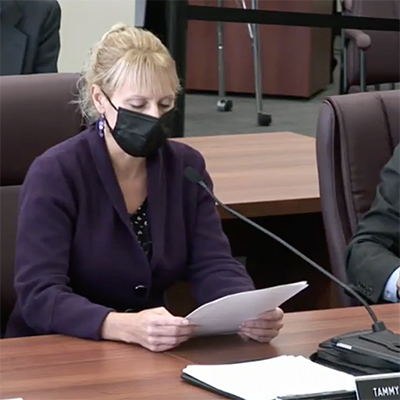 Tammy Mitchell, NYDPS | NYDPS
Tammy Mitchell, NYDPS | NYDPS
“These increased supply prices are not unique to New York state, but are in fact being experienced nationally and globally as the economy begins to recover and demand for natural gas increases after a pandemic-low level,” Tammy Mitchell — director of the Department of Public Service’s Office of Electric, Gas and Water — told the Public Service Commission.
U.S. natural gas prices have more than doubled since this time last year and are at a level not seen since 2014, she said. In Europe and Asia, wholesale prices are more than five times what they were a year ago.
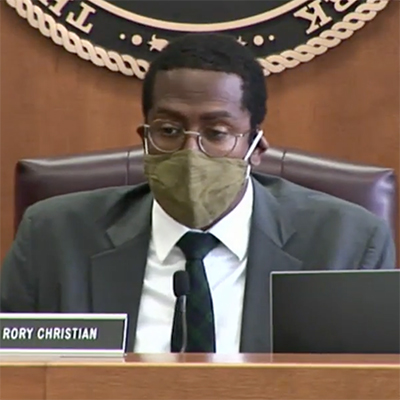 NYPSC Chair Rory Christian | NYDPS
NYPSC Chair Rory Christian | NYDPS
“With many New Yorkers already suffering from arrears, falling behind and being in the unfortunate position of having to choose between paying for heat or feeding their families, I want to … encourage New Yorkers in need to take advantage of several federal, utility and community-based programs available throughout the state that provide support,” newly appointed PSC Chair Rory Christian said.
The price issues seem to be downplayed, Commissioner Diane Burman said. She said she was concerned that there’s going to be “a major sticker shock” if the current price trends hold.
Burman also pointed to natural gas storage and pipeline constraints and referred to the gas hook-up moratoriums of recent years: “What does it mean in terms of interruptible customers remaining on oil? What does that mean in terms of possible lost economic development opportunities if people come and they need access to gas and they can’t get it?” (See Online Protesters Reject NY Gas Supply Plans.)
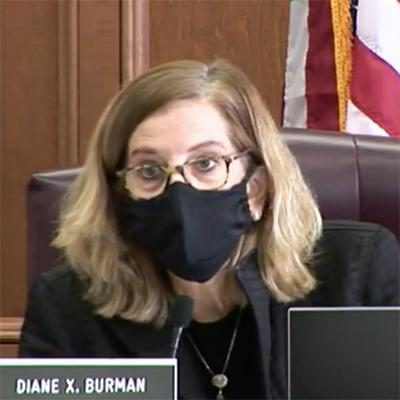 NYPSC Commissioner Diane X. Burman | NYDPS
NYPSC Commissioner Diane X. Burman | NYDPS
With the advent of efforts to reduce greenhouse gas emissions in New York, the role of energy efficiency, demand response and electrification of heating will grow in importance, and staff will continue to brief the PSC on the transition of the natural gas industry, Mitchell said.
“There also is an interdependency between the electric and gas systems, as well as a high correlation between electricity supply prices and natural gas prices, since gas generators are typically the marginal units,” Mitchell said. “This interdependency was highlighted during the 2013-2014 polar vortex that resulted in all-time high winter peak demand on the electric system at the same time that cold weather impacted the operation of some generating facilities.”
Grid Prepared for Winter
DPS staff concluded that the grid is prepared to reliably meet the state’s upcoming winter electric demands, staffer Richard Quimby said.
NYISO expects to have 35,744 MW in net capacity resources available during the winter to serve forecasted peak load of 24,025 MW, including operating reserves, Quimby said. A winter protocol is in place to facilitate communication between state agencies and NYISO in circumstances where fuel supply for generation facilities may be at risk.
As part of the DPS’ winter assessment, staff reached out to major generation facilities owners in southeast New York who own about 12,000 MW of dual-fuel generation capability, he said.
“We found that these owners are continuing to implement lessons learned from past winter experiences, including having increased pre-winter on-site fuel reserves, having firm contracts with fuel oil suppliers, conducting more aggressive replenishment plans, and having more proactive pre-winter maintenance and facility preparations,” Quimby said.
DPS staff also met with NYISO and discussed its procedures and protocols for the winter period.
In recent years NYISO has instituted various changes to help ensure electrical reliability during periods of tight natural gas supply, including closely monitoring generator fuel levels and replenishment. In addition, NYISO has improved communications with interstate pipelines, local gas distribution companies and neighboring RTOs during periods of tight electric operating conditions, Quimby said.
Hurricane Ida Update
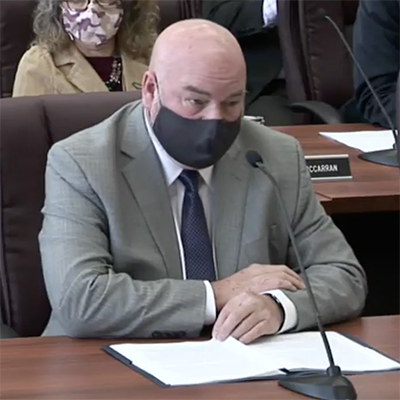 Kevin Wisely, NYDPS | NYDPSKevin Wisely, director of the Office of Resilience and Emergency Preparedness, gave the PSC an update on lessons learned from Hurricane Ida, which affected approximately 90,000 electric customers and caused a peak of 52,000 outages in New York during the early morning hours of Sept. 2. (See Experts Call for Tx Reinforcements, Microgrids in Gulf System After Ida.)
Kevin Wisely, NYDPS | NYDPSKevin Wisely, director of the Office of Resilience and Emergency Preparedness, gave the PSC an update on lessons learned from Hurricane Ida, which affected approximately 90,000 electric customers and caused a peak of 52,000 outages in New York during the early morning hours of Sept. 2. (See Experts Call for Tx Reinforcements, Microgrids in Gulf System After Ida.)“The intense and severe nature of the rainfall caused numerous flooding issues throughout Westchester County and in the New York City area,” Wisely said.
Westchester’s flooding also caused issues with telecommunications equipment. “Verizon was able to quickly reroute incoming local 911 calls to predesignated backup sites so that no calls were lost,” he said. “Overall, the utilities responded, repaired and restored customers as quickly and safely as possible.”
Utilities must consider additional resilience improvements to system design, including such projects as substation location considerations for areas prone to flooding beyond that of just the coastal, river and creek impacts incurred during storms such as Superstorm Sandy and tropical storms Lee and Irene, Wisely said.
“Storm events such as Ida highlight the fact that municipal stormwater drainage systems and infrastructure must be enhanced also to handle larger volumes of rainfall over shorter periods of time,” he said. “With those types of storms in mind, utilities must continually reassess infrastructure vulnerabilities across the entirety of their service territories, determine appropriate resiliency projects to mitigate potential weather risks and make their infrastructure more adaptable to weather extremes.”


